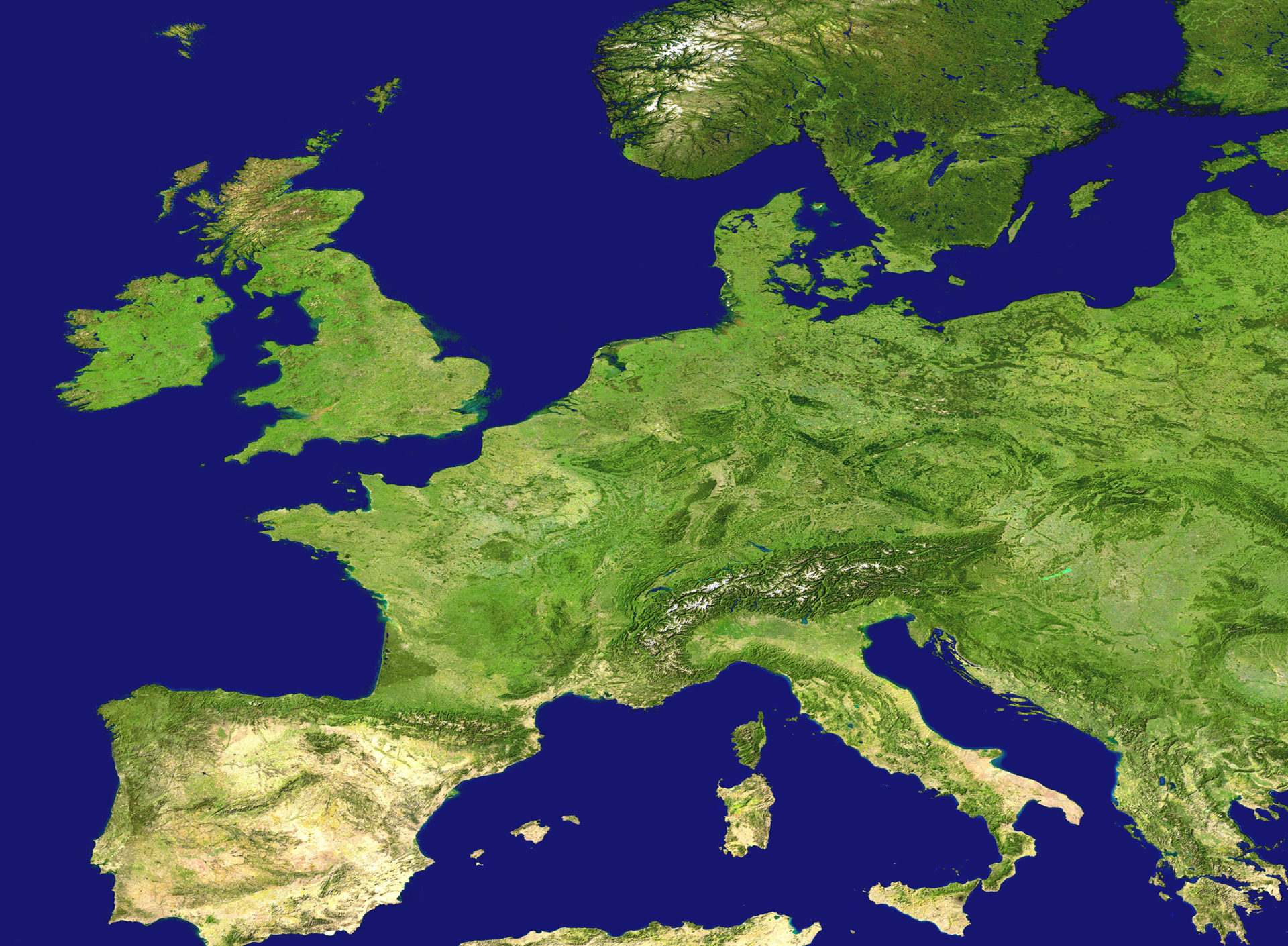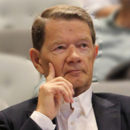Some thoughts on Sustainability and Upcycling from a Copyright and Trademark Law point of view

Introduction and some definitions
Not a day passes by without alarming news on heat waves, excessive droughts, alarmingly low water levels in European rivers, and large forest fires, not to forget the storms, heavy rains and flooding. By now it should be apparent for everyone that the climate change is a real challenge within every sector of our society.
Already on 25 September 2015 the member states of the United Nations, UN, adopted seventeen so called sustainable development goals, SDG:s, number 9 on sustainable industry, innovations and infrastructure being one of them.
It has in this connection been emphasized that innovations and technological advances are a key in finding sustainable solutions for economic and environmental challenges. The World Intellectual Property Organisation, WIPO, is expressly underlining the connection between sustainable development and technology in its 2018 report WIPO and Sustainable Development Goals.
And here Intellectual Property Rights, IPR:s, come into the picture.
Almost thirty years before UN adopted the SDG:s the World Commission on Environment and Development, WCED, defined sustainable development as a “development that meets the needs of the present without compromising the ability of future generations to meet their own needs”. A definition, which has been used widely since.
Fairly recently a division between weak and strong sustainability has been made. Weak sustainability brings environmental concerns into existing business structures, while strong sustainability is aiming at integrating business into environmental systems thus challenging existing structures. It is a matter of replacing the linear economy (“take-make-waste”) with the circular one (“ reuse, repair, recycle, etc.”).
The same conceptual dichotomy could be used when approaching IPR:s. The regulator can either incentivize or force the user to adapt certain behaviour, that is promote sustainable development. An alternative belonging to the former category is to investigate whether existing IPR:s can be interpreted such that sustainability is given more scope.
Upcycling
In the Treaty on the Functioning of the European Union, TFEU, Articles 3(3) and 11 it is stated that environmental considerations should be taken into account when formulating and executing EU policy and actions in order to advance sustainable development. The Charter of Fundamental rights includes a similar provision in Article 37. Despite this, surprisingly little is reflected in ordinary IP regulation, both on a regional, EU, and a local, Member State, level. When applying and interpreting IPR:s property aspects seem also to be given priority.
When studying upcycling, a fairly recent phenomenon and an example of circular economy, meaning that new products are produced from used material, for instance lamps from used cans, bags from candy wrappings or earrings or bracelets from broken porcelain plates, property aspects seem to be given more weight than views on sustainable development.
Copyright law aspects
Consider the following case regarding which the Finnish Copyright Board has recently rendered an opinion (2021:9).
A producer of earrings and bracelets asked for an opinion whether the broken pieces of the plates including the original ornaments used for the new products, for instance earrings, exceeded the threshold of originality? The producer wonders also whether the production of the jewellery cannot be prohibited due to exhaustion because the plates have been sold earlier within the EU market? It might also be a matter of permitted transformation or covered by the right of quotation.
According to the majority of the Board the pieces of the used plates exceeded the threshold of originality, and the distribution right was thus not exhausted. A permission to produce the jewellery should have been obtained from the owner of the copyright to the plates. The earrings and necklaces can neither be considered original nor independent. Since there did not appear any dialogue between the plates and the jewellery, such as in a piece of music, also this question was answered in the negative.
The dissenting opinion is interesting in connection with a discussion on sustainability, however. In this it is argued that since the pieces are not manufactured the distribution right of the copyrighted plates have been exhausted. An exception from this rule would require that some rights belonging to the very core of industrial and commercial rights need protection. This is not the case argues the dissenting member of the Board. She concludes by stating that a weighing and balancing should have taken place between the requirement on sustainability in the EU Charter of Fundamental Rights and the property right protected by the same. According to her the former outweighs the latter. This depends on the fact that when analysing the legal relevance of changing the purpose of use one can with good reason come to different conclusions.
Trademark Law aspects
If you look at upcycling from a trademark law point of view it seems obvious that it is not a case of so-called double identity. Even though the trademark may appear in both products the products are not identical, and the trademark in this case is a badge of origin for the raw material, not the new product.
This is neither the case if you approach it applying the confusing similarity rule since the goods are typically different. The provision, which could be applied, however, is Article 10.2 (c) protecting trademarks with a reputation. It might namely be a case of free-riding or tarnishing. The owner of the trademark on the original product could argue that the new product takes unfair advantage of the reputation of the original trademark. That the upcycled product is detrimental to the reputation is fairly unlikely, however, when talking about jewellery and lamps.
When it comes to free riding one could equally well argue that it should be an advantage for the original producer, a boost of its reputation, that its products can be used also in a sustainable way, such as upcycling.
It could furthermore be easily argued that if upcycling does not tarnish the trademark with a reputation the balance should be tipped in favour of upcycling and thus sustainability, of course dependent on other circumstances of the case if they clearly point in another direction. An interesting case in this regard is the Norwegian Supreme Court decision in the so called Apple-case, HR-2020-1142-A. It concerned de-branding and importation of counterfeit mobile phone screens from Hong Kong.
Obstacles and possibilities
As I have tried to briefly show there should be some room for sustainability when interpreting existing rules, both within the copyright and trademark area. I think the time has come to give TFEU Article 11 more weight.
I do of course understand that judges, particular within a civil law system, might need some regulative guidance. I do think, however, that Article 11 should be understood just like that.
Kirjoittajat





